Tesco boss Ken Murphy could be forgiven for cracking open a nice bottle of red or two, given its barnstorming results of late from the expanded Tesco Finest collection.
But Murphy’s latest bold predictions suggest he is not satisfied yet, and sees Tesco’s premium range as a key weapon as it goes after customers from M&S and Waitrose, as well as a struggling restaurant near you.
In an interview with the FT over the weekend, Murphy set out his ambition for the Finest range to reach £3bn in sales.
And whilst he didn’t specify a timeframe, this is the sort of prospect to put Tesco rivals in something of a cold sweat, given it is performing so well at both ends of the groceries market.
If only from a journalistic point of view, it’s nice to be able to talk about supermarkets fighting over posh pennies, with so much attention in the past few years having been focused on price matching and the dominance of the discounters in the cost of living crisis.
How big is Tesco’s Finest range?
Finest’s strong performance is not exactly a new thing, with the range having piled on something in the region of £500m in sales in the past three years, despite all the economic headwinds. Tesco claims to have had two years in a row of consistent switching gains from its upmarket rivals, whilst most of the attention has been on the battle with Aldi and Lidl.
The Grocer revealed recently that with Kantar valuing Finest at £1.7bn [52 w/e 14 April 2024], if it was allowed entry to the The Grocer’s Britain’s Biggest Brands, it would take the number two slot behind Cadbury, which is worth £2.1bn [NIQ 52 w/e 30 December 2023].
Tesco claims the Finest range, first launched in 1998 as the UK’s first supermarket premium own brand, has now exceeded the £2bn mark.
Its claims to be as good on quality as its more expensive rivals is nothing new either. When Tesco carried out a major relaunch in 2013, then UK MD Chris Bush claimed all the new products were “as good, if not better” than the leading brands.
But the extraordinary economic backdrop of the cost of living crisis has played into the hands of Tesco, or rather allowed its polished marketing to come to the fore.
Customers have been polarised, with many turning to retailers’ value ranges, but at the other end of the market they have been treating themselves to premium own brand offerings.
Weekend treat from the local Tesco
A key part, sadly for the out-of-home sector, is the continued reluctance of families to spend upwards of £100 on a meal and drinks for two, and instead treat themselves at the weekend from their local Tesco. It’s the so-called lipstick effect that is often seen during difficult economic times.
Tesco has successfully targeted that market, and believes it has closed the gap with M&S and Waitrose, which have long been targeting these customers.
The Finest range now boasts over 1,000 SKUs, which includes products ranged year-round and seasonal ones, as well as limited-edition products. And it spans all fresh and packaged food categories too, although fresh accounts for 80% of sales.
Picking up the coveted Grocer Gold award for own-label range of the year earlier this month, the judges said its “success” reflected a strategy that has been “carefully and continuously refined over time”. It was, like the proverbial fine wine, improving with time.
And after the washout summer so far, the good news for Murphy – and the bad news for Tesco’s rivals – is that the range’s finest hour should still be to come, with the trade-up at Christmas traditionally boosting its sales. This year that could be a massive result for Tesco, if the tentative economic recovery continues and customers decide to make up for a miserable summer with a festive blowout.
A £1bn blowout? It would seem greedy, but we would be foolish to rule it out.




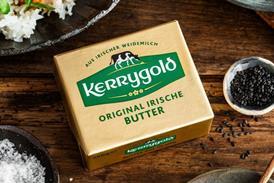
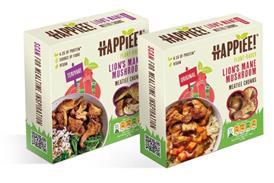


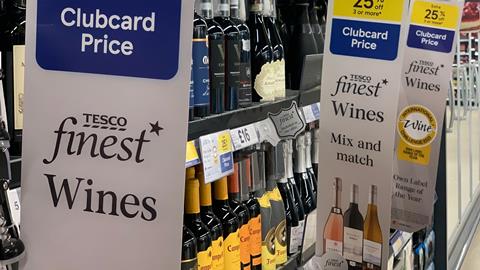

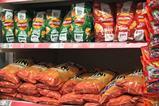



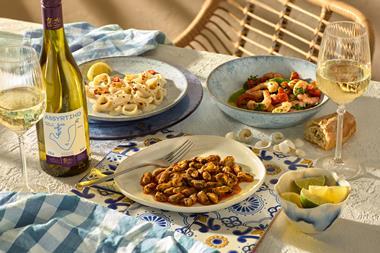

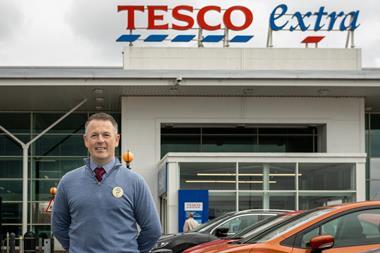
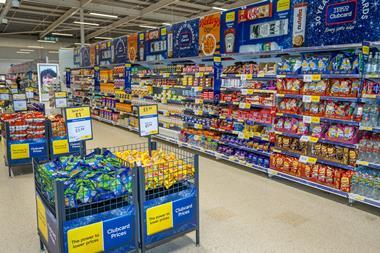
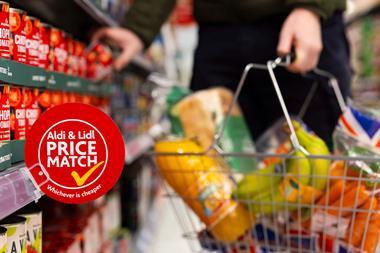





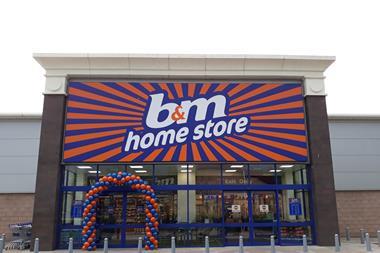
No comments yet